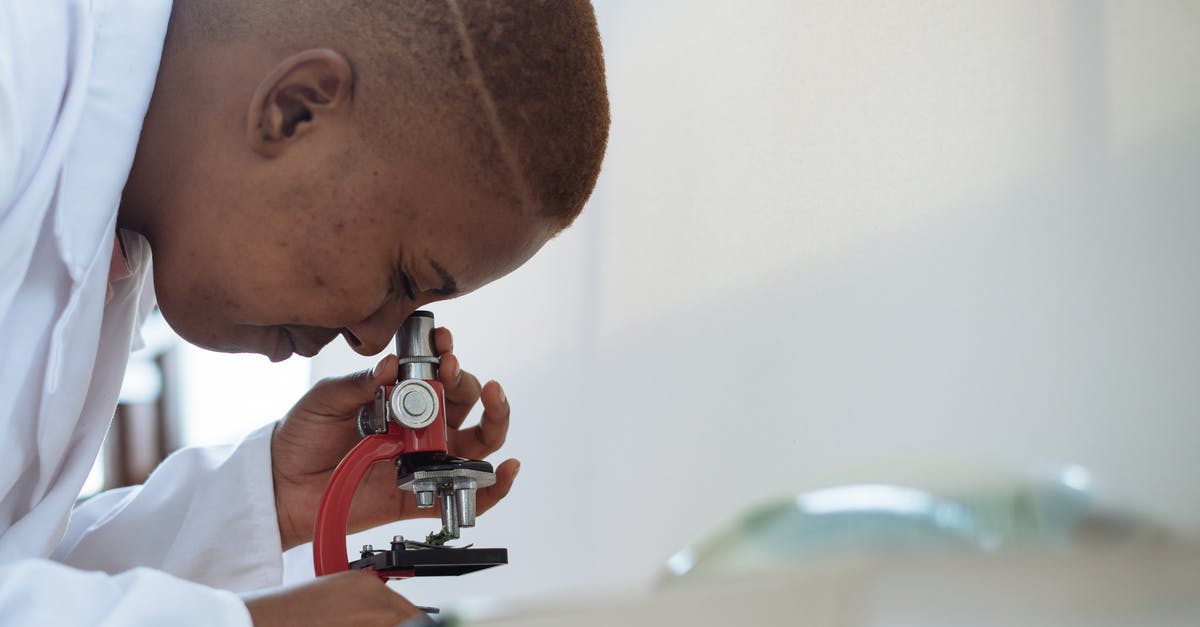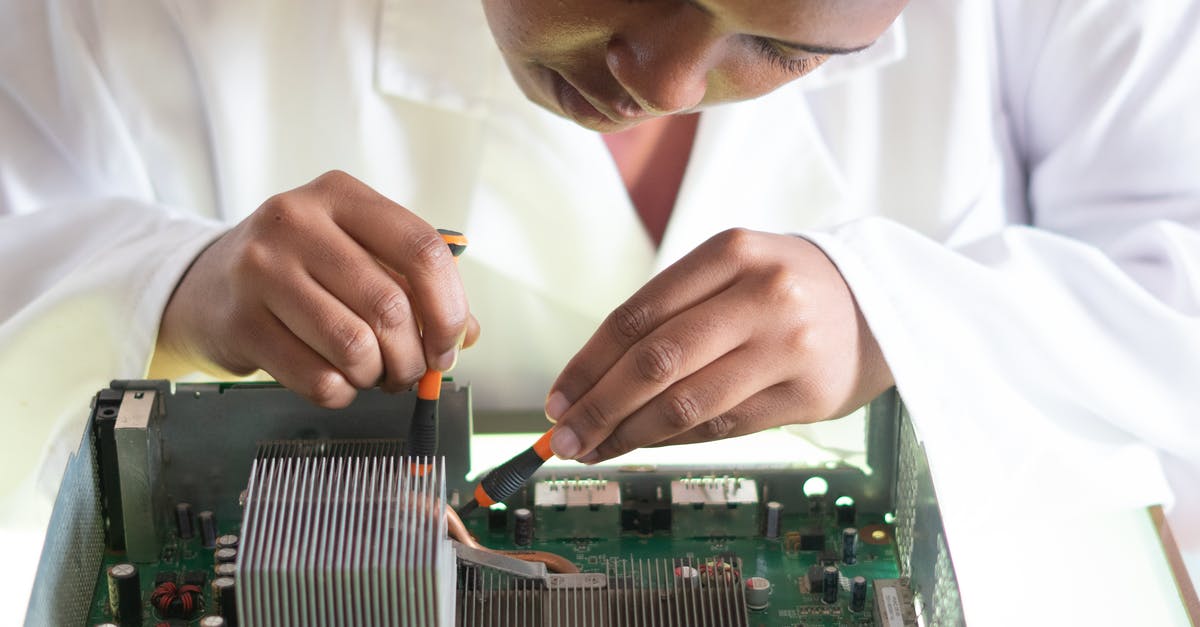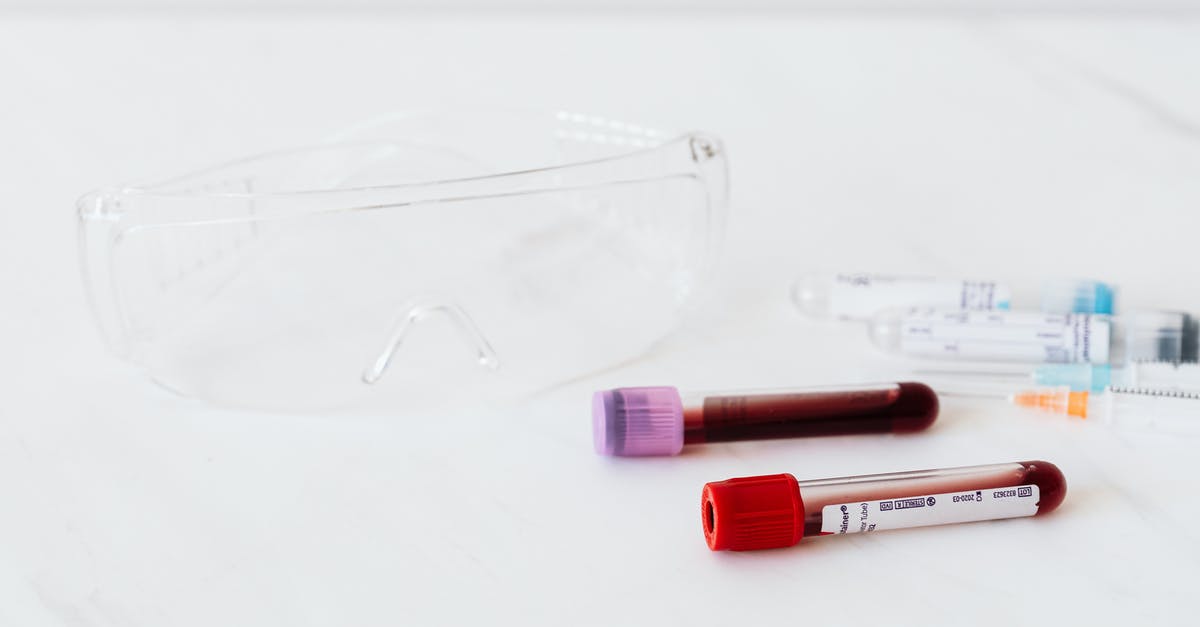Is there any good way to check for honey adulteration besides a lab test?

The top google results for "check fake honey" are all nonsense blogs that say to check based on water content. The problem with this is that real honey can have a higher water content, especially here in asia. So is there a way for me to tell if a non-viscous honey has added HFCS or something similar in it?
I am considering dissolve rate as a possible option because real honey should have more longer carbohydrates...
I found a lab technique using carbon 13 isotopes.http://www.iso-analytical.co.uk/honey.html but i doubt there are DIY kits on the web for this.
Best Answer
The answer, quite simply, is no. Even advanced laboratories have difficulty making the determination for certain.
This is also a complex problem that gets more difficult as various standards are used and then fail. Before 2000, a common solution was to simply use microscopic analysis to look for pollen and and other vegetable matter. Since then, many honey processing plants have been developing increasingly advanced filtering techniques that will remove the characteristic markers (deliberately or unintentionally). [**See detailed note below.] Various chemical or basic physical markers also have proved insufficient, since the sugar composition of honey can be faked quite well with various sugar syrup blends.
The accepted standard these days, as mentioned in the question, seems to be to use a mass spectrometer to determine the carbon-13 to carbon-12 isotope ratio in a rather specific lab procedure. (Obviously most people don't have a mass spectrometer at home.) The current procedure for this test was adopted after previous lab tests were shown to generate false positives in some batches of honey. The isotope ratio method is the only one specifically listed in the FDA's import alert to determine the possibility of adulteration:
FDA laboratories do not have the instrumental capability to analyze honey according to the Official Methods of Analysis of AOAC International, AOAC Official Method 991.41, which requires an isotope ratio mass spectrometer.
Ironically, in order to avoid the previous false positives for the New Zealand honey mentioned above, the new testing process needs to have the pollen completely removed, a process which has also been used to hide the origin of honey and to confuse analysis:
To eliminate a false positive C(4) sugar test for Manuka honey, prior removal of pollen and other insoluble material from the honey is necessary to ensure that only the pure protein is isolated.
But even a refined isotopic methodology is flawed when it comes to detecting various types of adulteration, specifically beet sugar. As this article notes:
[Using isotope ratios from a mass spectrometer,] adulteration using C4 sugar syrups (HFCS and GS) could be detected to a certain extent while adulteration of honey using C3 sugar syrups (beet sugar) could not be detected. Adulteration by using SS (beet sugar) still has a serious detection problem, especially in countries in which beet is used in manufacturing sugar.
So, what's the alternative? Well, the other general method that could detect various adulterating components is differential scanning calorimetry (DSC). This article gives a good summary of the process, which essentially looks at how a material behaves as it undergoes thermal changes. At certain temperatures when crystallization or something occurs, there will be excess heat absorbed or given off compared to at other temperatures. And at other points there will be minor changes in heat capacity (i.e., the amount of heat it takes to alter the temperature of a substance by a specific number of degrees).
Honey, for example, displays a glass transition temperature (Tg) around -40°C (-40°F) near a certain point in crystallization. Other sugar syrups may not show this, but they may show changes at slightly higher temperatures (still below freezing), due to water crystals freezing or thawing. (Water is included in the sugar network in honey, so it doesn't show the same characteristics.)
There are other thermal properties that can be measured at various temperatures. As this article summarizes in its conclusion:
Used concomitantly with the second enthalpy of fusion (occurring between 40 and 90°C), the glass transition temperature, Tg, is one of the most potentially useful parameters for characterizing honeys and syrups and for distinguishing between them. The Tg value, being strongly dependent on the amorphous phases of the sample, will respond to modification of the chemical composition and the implicit structural modification caused by the addition of exogenous material. Thus, adulteration of the honey will cause inevitable changes in both Tg and [delta]H2 values. Under laboratory conditions, adulterations by industrial sugar syrups can be detected from 5-10% additions depending on the measured parameter.
I would pay particular attention to this final sentence -- the differences can only be detected "under laboratory conditions" where precise temperatures and amounts of heat can be measured. To replicate such a test at home, you'd need to be able to add a certain precise amount of heat to the honey at subzero temperatures, all the while keeping it isolated from other sources of temperature fluctuations and observing where the heating "stalls" briefly. Then, you'd have to calibrate your homemade test against some known samples (syrups, 100% honey, etc.) just to be sure you're actually observing the same things as in the article cited here. You'd need to confirm that by observing a more subtle difference in heat capacity changes that would occur in hot temperature ranges (below boiling).
Even under lab conditions, this sort of testing has a threshold of 5-10% adulteration, and that requires something like being able to detect the difference between a glass transition onset at -41°C vs. -42°C. Also, it should be noted that these physical characteristics are inconsistent among various batches of honey. In this study, for example, the Tg was found to have a variance of over 7°C in different pure honey samples. In the study quoted above, that range of 7°C would indicate a difference between pure honey and a 50/50 mixture with a sugar solution. (If you look around at other studies, like this one and this one, you begin to see a Tg range that is well over 15°C for various pure honey types.)
I'd guess this is partly the reason why DSC isn't generally adopted as an official testing procedure: to use it effectively, you'd need to really know the specific kind of honey you started with before blending with adulterants, and most of the time you don't.
Bottom line: there's just no way to do a test like this at home.
Finally, to address a point raised in the question, based on the DSC data there should be minor differences in honey's behavior at various temperatures, perhaps even how fast it dissolves at a certain temperature. But the differences are so small and/or inconsistent among different types of honey or different types of adulterating components that there's no practical way of consistently identifying them outside of a lab environment where very precise conditions and measurements are possible. It might be possible to isolate adulterated samples outside of a lab given prior knowledge of the original honey used and the specific adulterants that might be present, but that information is generally not available. If it were a simple matter of a test like "let's mix this honey in some water and measure how long it takes to dissolve," government regulations would not be resorting to mass spectrometers to try to detect adulteration.
Note that this answer really only "scratches the surface" of the various testing methods available. Here's a partial list of possible tests. Even a cursory search will uncover hundreds of scientific articles describing the advantages and limitations of various tests. Note that most of the other tests only detect specific kinds of adulteration and/or are mostly used as initial screening tests that then need to be verified by another lab procedure. As mentioned, the current standard seems to be an isotope ratio test.
** ADDED CLARIFICATION ON POLLEN AND FILTRATION: Some pollen is generally removed in the normal filtration process used to produce a "clear" honey that doesn't crystallize quickly during storage. However, traditional filtration techniques often allow trace amounts of pollen to remain, while some processes may use a more complex "ultrafiltration" method that will remove all pollen traces. The reason for complete pollen filtration may have originated with a desire to disguise the geographic origin of honey, whether pure or adulterated. In 2001, for example, the U.S. instituted high tariffs on Chinese honey, to avoid putting American beekeepers out of business. At other times, various countries have instituted outright bans on honey for periods due to contamination or adulteration, such as the EU ban of Indian honey in 2011-12. Such actions have provided strong incentives for Asian honey producers to disguise the origin of honey, even if it is unadulterated. The result is that large amounts of commercially available honey are now filtered to remove all pollen, which has a side effect of making adulteration detection much more complex. That said, it should be noted that normal filtration may also result in very low or undetectable amounts of pollen, so the absence of pollen is not necessarily evidence that any deception is intended. (See further details and explanation here.) However, processing methods that deliberately remove all pollen have been used by those who wish to disguise origin and/or adulterate honey with cheaper substitutes. The question specifically inquired about Asian honeys which had been diluted with water; given that ultrafiltration often involves adding water during processing and has apparently been used by some Asian producers, I originally wrote my answer to target the specific honey type inquired about. Once again: an undetectable level of pollen in other countries and from other producers is NOT necessarily evidence of anything nefarious.
Pictures about "Is there any good way to check for honey adulteration besides a lab test?"



How can I detect adulteration in honey at home?
Vinegar and honey mixture can be an easy hack to spot fake honey from pure honey. To perform this test, try mixing a few drops of honey into a solution of vinegar-water. If the mixture starts to foam, it might be a sign that the quality of the honey is contaminated.How can we check honey is pure at home?
Pure honey, when exposed to any kind of heat or flame should remain unburned. To perform this test, try dipping a matchstick/cotton bud in honey and then light it. If it burns, that means the quality of your honey is pure.How would you detect adulterants in honey?
Dip cotton in honey and light it up with a matchstick. If the honey is pure, it will burn. Adulterated honey will produce a cracking sound due to the presence of water in it.Which test is used for checking the purity of honey?
Heat test: You can also check its purity by performing heat test. Dip a matchstick/cotton bud in honey and light it. If you can see the flame, you are safe as your honey is pure. Adulterated honey might burn properly as it may be affected due to moisture or fermentation.How To Test if Honey Is Pure
More answers regarding is there any good way to check for honey adulteration besides a lab test?
Answer 2
Looks like the answer is "no": Authentication of the Botanical Origin of Honey - Agroscope (pdf of 2006 PhD dissertation)
Currently the botanical origin of honey is determined by experts evaluating results from several analytical methods, in particular pollen analysis, electrical conductivity and sugar composition. Although the composition of unifloral honeys has been de- scribed in various studies, internationally accepted criteria and the measurands to be considered for their authentication have not been defined yet.
None of these methods are kitchen friendly. Best practice is to buy from a reliable supplier.
Testing for that can also prove difficult.
Answer 3
Perhaps a little bit tongue-in-cheek, but here we go. There are no definitive tests for real versus adulterated honey, as Athanasius mentions, but there are factors that might call out the honey as more or less likely to be adulterated.
If it is sold in the comb, including comb or chunk honey, then it almost certainly real, unadulterated honey. The presence of the comb would take way too much effort to fake.
If it has pollen and other inclusions, it is almost certainly real honey. There are real honeys that have the pollen removed, so it isn't an exclusive test, but having pollen is one proof that it has real honey in it. The rougher or less processed it looks, with more pollen or other inclusions, in general, it seems less likely any other adulterations were added.
If you buy it from trusted sources, local producers (the closer to the bee the better), or very well known brands - it is almost certainly real honey. Especially if you're buying small scale, batch produced honey, it should be easier to tell that it is pure - honey adulteration is likely easier to hide on a larger scale and the more processed the honey is.
If it crystallizes in the jar after being stored for some time, it is probably real honey. Again, not an exclusive test, since honey can crystallize at different rates and under different circumstances (and there are processes commercially used that are meant to slow the crystallization since it is not as aesthetically appealing), but if you see the honey or even other jars from the supplier starting to crystallize, it is probably real, as HFCS is very hard to crystallize at all, and even other substitutes will almost certainly not show the same kind of delayed crystallization honey is known for, either crystallizing upon cooling or never.
If the honey has more complex scents or flavors, especially flowers or herbs, it is more likely to be real honey (as compared to more generic sweetness or a single-note flavor). Or perhaps its just more likely to be good honey. Adulterated honey is, at the bare minimum, going to be weaker in flavor, blander, than pure honey - though this is not an exclusive test, since intensity of flavor is one of those factors that is variable batch to batch.
Checking the water content, as you mentioned, is another non-exclusive test. It can be used to verify pure honeys that are low in water, but doesn't rule out real honeys that just happen to be higher in water amount.
Varietal honeys may be more likely to be real than generic or mixed honeys - or at least contain a decent percentage of real honey, as the unique flavors and characteristics are strongly expected in varietal honeys. Again, not a guarantee, especially for neutral tasting fillers, but it is probably easier to get away with adding something to a wildflower honey (which can very in flavor very much) than a meadowfoam or chestnut honey (whose consumer will have specific expectations of that variety). If you have an opportunity to smell or taste varietals from different sources, the stronger the flavor is, the less likely it has been adulterated.
Generally, if a supplier has different varieties (especially similarly priced ones) where the differences between them are quite apparent, and especially if the appearance varies slightly from year to year while still being within range of the variety's expected appearance (either if they have jars from past batches, or if you keep noticing over time), I would be more inclined to trust the producer, since real honey is indeed variable by a lot of factors. I would expect the processing that makes some honeys more consistent in appearance (to appeal to some kinds of consumers), would also make it easier to hide adulteration.
So, yeah, these tests are not exclusive, there are real honeys which won't have these characteristics, and possibly mildly diluted ones that might pass some of the tests. But, the more tests it can pass, the more likely it is to be real honey, or at least have a reasonably large percentage thereof, and the more likely it is to be good honey, too - especially if it looks and smells good.
Sources: Stack Exchange - This article follows the attribution requirements of Stack Exchange and is licensed under CC BY-SA 3.0.
Images: RF._.studio, RF._.studio, Karolina Grabowska, Karolina Grabowska
